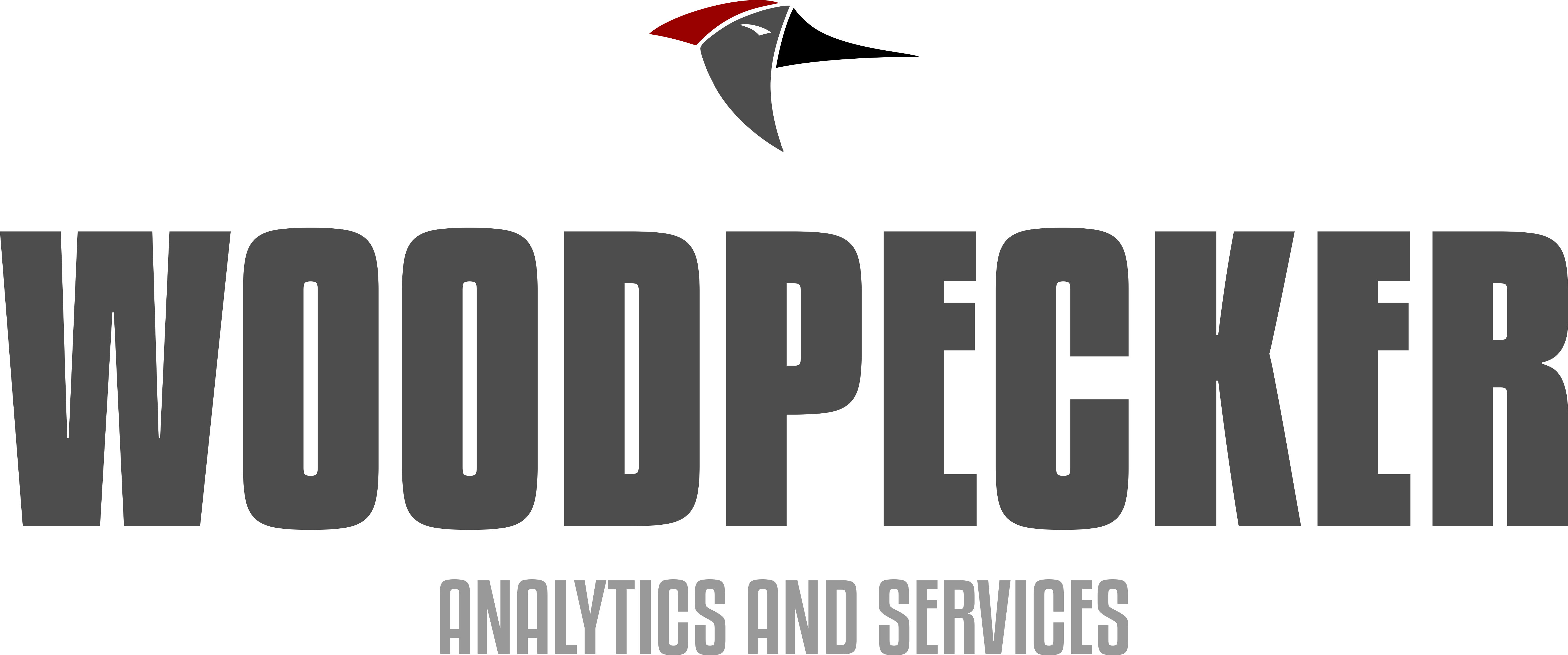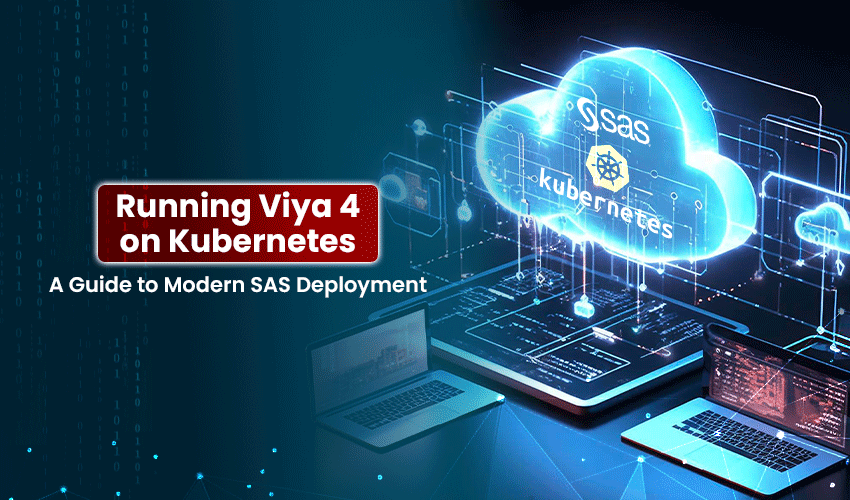Running Viya 4 on Kubernetes: A Guide to Modern SAS Deployment
SAS Viya 4 has revolutionized data analytics by offering powerful capabilities, flexibility, and scalability for businesses. One of the most significant advancements in SAS Viya 4 is its ability to run on Kubernetes, the leading container orchestration platform. Running SAS Viya 4 on Kubernetes brings several benefits, including improved performance, better scalability, and easier management, enabling organizations to leverage the full potential of their data infrastructure.
In this blog, we’ll walk you through how running SAS Viya 4 on Kubernetes can transform your SAS deployment, and guide you through the necessary steps to implement this modern deployment approach for your organization.
What is SAS Viya 4?
SAS Viya 4 is the latest version of SAS’s cloud-native analytics platform. It enables organizations to deploy, manage, and scale their analytics workloads across any infrastructure, whether on-premise or in the cloud. Viya 4 integrates various analytics tools, including data management, AI, machine learning, and visualization, to provide end-to-end solutions for data-driven decision-making.
Kubernetes, on the other hand, is an open-source platform that automates the deployment, scaling, and management of containerized applications. Combining SAS Viya 4 with Kubernetes creates a robust and highly scalable deployment model for modern data-driven enterprises.
Why Run SAS Viya 4 on Kubernetes?
Before diving into the setup process, let’s take a closer look at the advantages of running SAS Viya 4 on Kubernetes.
- Scalability
- Kubernetes allows for automatic scaling of applications based on demand, which is critical when running high-performance applications like SAS Viya. By using Kubernetes, you can scale your SAS Viya 4 deployments with minimal manual intervention, adjusting resources as needed to meet changing workloads.
- Scalability
- High Availability
- Kubernetes ensures that your SAS Viya 4 environment is highly available. With features like self-healing and automated container restarts, the platform helps minimize downtime, ensuring continuous access to critical data and applications.
- High Availability
- Cost Efficiency
- By containerizing your SAS Viya 4 application, Kubernetes optimizes resource utilization, ensuring that infrastructure costs are minimized. Kubernetes automatically allocates resources only when needed, preventing wastage and improving cost efficiency.
- Cost Efficiency
- Portability
- Kubernetes supports multiple cloud providers (AWS, Google Cloud, Azure), and it can be run on-premise as well. This makes SAS Viya 4 portable, enabling businesses to deploy and manage their SAS environment across different infrastructures.
- Portability
- Faster Deployment
- With Kubernetes, setting up and deploying SAS Viya 4 becomes much faster. Kubernetes automates the deployment of containers, reducing the complexity of traditional deployment models and providing a seamless environment for developers and administrators.
- Faster Deployment
Steps to Run SAS Viya 4 on Kubernetes
Now that we’ve covered the benefits of running SAS Viya 4 on Kubernetes, let’s take a look at how to implement this solution for your organization.
Step 1: Prepare Your Kubernetes Environment
Before deploying SAS Viya 4 on Kubernetes, you need to ensure that your environment is ready. You can deploy Kubernetes on any of the major cloud platforms, such as AWS, Azure, or Google Cloud. Alternatively, you can choose to deploy Kubernetes on-premise using tools like OpenShift for added security and management features.
Prerequisites for Kubernetes deployment include:
- A running Kubernetes cluster (with at least 3 nodes recommended).
- Helm – A package manager for Kubernetes, which simplifies application deployment.
- Access to SAS Viya 4 containers (provided by SAS).
Step 2: Deploying SAS Viya 4 Using Helm
The easiest way to deploy SAS Viya 4 on Kubernetes is by using Helm. Helm charts are pre-configured Kubernetes resources that simplify the deployment of complex applications like SAS Viya 4.
- Install Helm:
- To begin, install Helm on your local machine. Follow the Helm installation guide to get started.
- Install Helm:
- Add the SAS Helm Repository:
Add the SAS Viya Helm repository to Helm to access the necessary charts:
bash
Copy code
helm repo add sas https://github.com/sassoftware/viya4-helm.git
helm repo update
- Deploy the SAS Viya 4 Helm Chart:
Next, use Helm to deploy the SAS Viya 4 chart to your Kubernetes cluster. You’ll need to provide a values file to configure the deployment.
bash
Copy code
helm install sas-viya4 sas/viya4 -f values.yaml
- This will deploy SAS Viya 4 in your Kubernetes cluster.
Step 3: Configuring SAS Viya 4
Once SAS Viya 4 is deployed on Kubernetes, you can begin configuring the platform. This includes setting up authentication, creating users, and configuring access to data sources.
You can use SAS Viya 4’s configuration tools for setting up:
- Security: Configure authentication using SAS’s identity management tools, including LDAP or SSO for secure access.
- Data Integration: Connect SAS Viya to your data storage solution, such as AWS S3 or Azure Blob Storage.
For more detailed steps, consult the official SAS Viya 4 Documentation.
Step 4: Monitoring and Management
Kubernetes makes it easier to manage and monitor your SAS Viya 4 environment. Use Kubernetes Dashboard to monitor the health and performance of your deployment. Kubernetes also integrates with third-party tools such as Prometheus and Grafana for advanced monitoring.
In addition to Kubernetes, you can use Woodpecker’s ViyaShift to simplify SAS Viya 4 migration and management across your organization. Woodpecker ViyaShift helps businesses migrate seamlessly to the cloud while maintaining high performance and security.
Step 5: Testing and Optimization
Once SAS Viya 4 is up and running on Kubernetes, it’s time to test the deployment and optimize performance. You can adjust resource allocation based on your specific needs, including CPU and memory settings for your SAS Viya 4 containers.
Using SAS Viya 4’s monitoring tools, you can test the performance of your deployment and adjust accordingly to ensure that it meets your business needs.
Conclusion
Running SAS Viya 4 on Kubernetes is a powerful and efficient solution for organizations looking to modernize their data analytics infrastructure. Kubernetes provides the scalability, flexibility, and management features needed to fully leverage the power of SAS Viya 4, while reducing deployment complexity.
By following this guide, you can set up SAS Viya 4 on Kubernetes and ensure that your organization’s data-driven decision-making processes run smoothly and efficiently. Whether you’re migrating to the cloud, optimizing your existing deployment, or exploring new analytics opportunities, Woodpecker’s ViyaShift is here to help you every step of the way.
For more information on SAS Viya 4 and to learn how Woodpecker can assist you with your migration and deployment needs, visit our website today!


